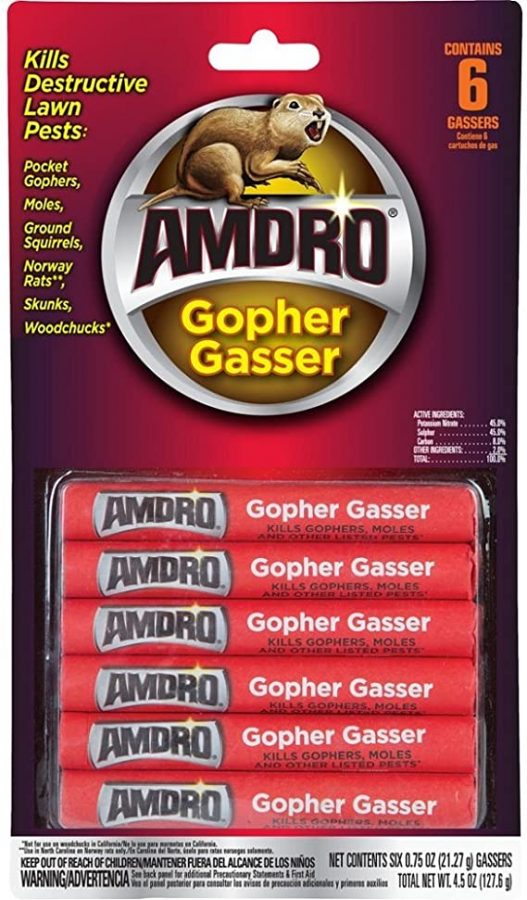Starting with the right materials on a construction project really can pay dividends.
Drywall corner cracks, for example, are unsightly, can be costly to fix and often come when you least expect them. They are a nuisance for both homeowners and construction professionals. Fortunately, it’s often possible to avoid cracks by making one small, simple change during the construction process.
It’s easy to understand why corner cracks appear. Traditional “bare metal” corner bead — the thin metal strip that goes over the corner of a wall before it is finished and painted — is attached to the drywall corner using nails or screws to hold it in place.
These fasteners penetrate both the drywall and the framing.
If the wood frame warps, shrinks or swells, the fasteners pull and stress the metal bead along with it, producing cracks. Structural movement due to foundation settling also can add stress to the corner bead.
While the process of fixing corner cracks can vary depending on the severity, crews often have to remove the metal bead, install a new piece and then renail it. Multiple coats of joint compound are also applied throughout the process, sometimes requiring several trips to the residence. Corners then need to be repainted.
In cases where walls are ornately painted or textured, the finishing alone could push the cost into the hundreds, not to mention the inconvenience and time it takes to co-ordinate all the repairs.
The good news is that corner cracks can be quite preventable. For example, homeowners can simply request that their builder or contractor substitute a high-performance product for the standard, bare-metal corner bead typically used.
Made with a strong paper tape laminated to a sturdy, rust-resistant metal form, the high-performance product is adhesively applied to the drywall corner and, as a result, resists edge cracking, paint chipping and everyday wear and tear.
This is a classic example of how requesting one small, simple change during the construction process really can pay dividends.























